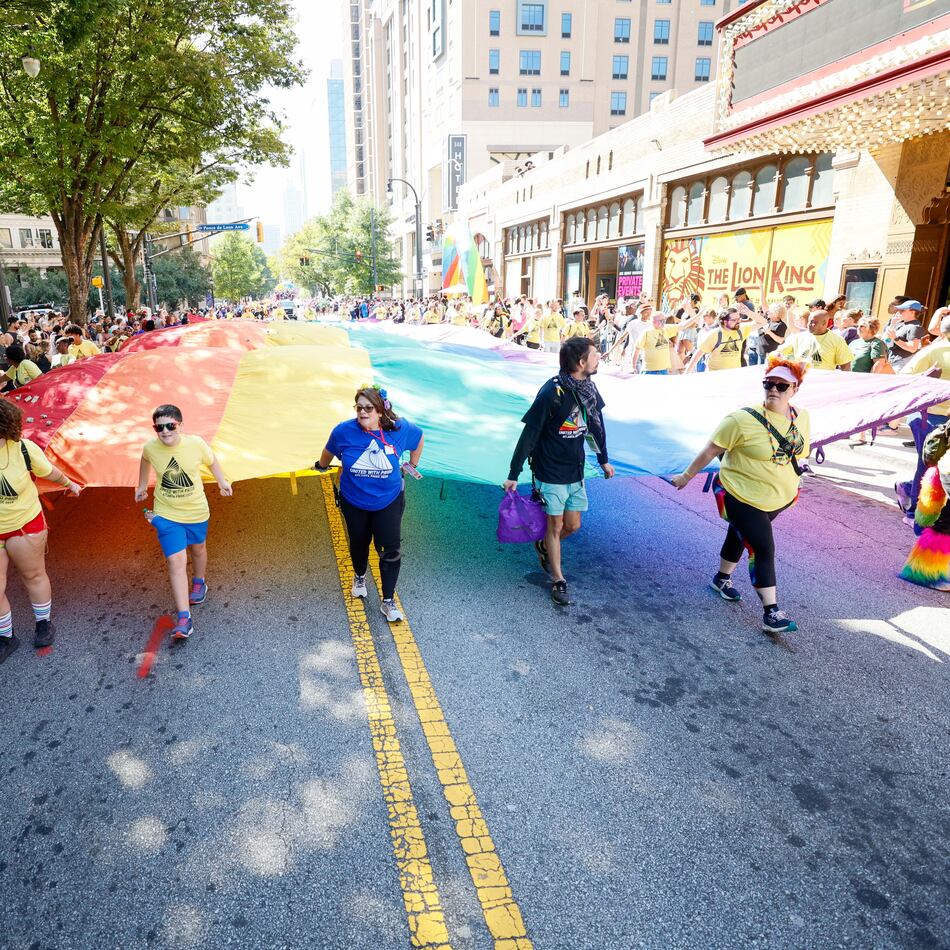Q: Do you have any recommendations of where I could find poinsettia seeds? — Shazie Ali, Atlanta
A: Poinsettias have been hybridized for so many years that the ones you buy at a nursery rarely set seed. Poinsettia growers buy cuttings from large greenhouses that specialize in pollinating and breeding poinsettias. Because the seeds are so hard to produce, they are hardly ever offered for sale.
Q: The variegated privet bushes on the side of our house look pretty sparse at the bottom. Would we kill them if we cut them to 16 inches above the ground or should we just pull them out and start over? —Sharon Nesbitt, Powder Springs
A: My advice is to pull them out. Truly, you could prune as described and get leaves close to the ground but there are several shrubs that might suit your needs better, including loropetalum, gardenia, Indian hawthorn, and anise.
Q: I am getting my lawn soil tested. My front yard looks good, but my backyard has been a challenge. Should I do a soil test for the back and a second one for the front? — Janice Johnson, Marietta
A: If the soil looks pretty much the same in the front as it does in the back, you can just submit one sample, with soil collected from both places. But if the backyard is really sandy and the front yard is mostly clay, you need separate samples. Details at www.georgiasoiltest.com.
Q: My wife says that laying down cardboard in a garden will control weeds and promote earthworms. Have you heard of this? — Pete Braun, e-mail
A: Cardboard works very well to control weeds, and worms love living underneath it. Just cut the cardboard to size, poke a few holes for water to pass through and cover with chips, leaves or straw.
Q: I am building new raised beds and trying to decide what is the best soil to use. I was going to buy bags of planting soil, but that is too expensive. How do I make good soil? Or should I buy it from a local landscape supply firm? — Bryan Kyle, e-mail
A: I don't recommend using the bagged stuff. In an enclosed bed it will hold too much moisture. You can make your own soil by mixing native clay with soil conditioner and gritty sand, but that won't work if you don't have much soil to work with. You can purchase bulk soil at a landscape supply place. Before you buy, check the soil quality. It should feel gritty and slightly slick between your fingers, with not too many individual pieces of bark or leaves. Ask which professional landscape companies use their soil. If you're just doing a couple of beds, you can borrow a pickup and buy what you need.
Listen to Walter Reeves from 6 to 10 Saturday mornings on WSB-AM (750). Visit his Web site, www.walterreeves.com, for detailed advice on Georgia gardening.
To learn more
Some UGA Extension publications that might be useful:
“Native Plants for Georgia Part I: Trees, Shrubs and Woody Vines” — tinyurl.com /nativeplants1
“Basic Principles of Pruning Woody Plants” — tinyurl.com/pubB949
“Soil Testing for Home Lawns, Gardens and Wildlife Food Plots” — tinyurl.com/GAsoiltest
“Soil Preparation and Planting Procedures for Ornamental Plants in the Landscape” — tinyurl.com/soilprep
About the Author
Featured
